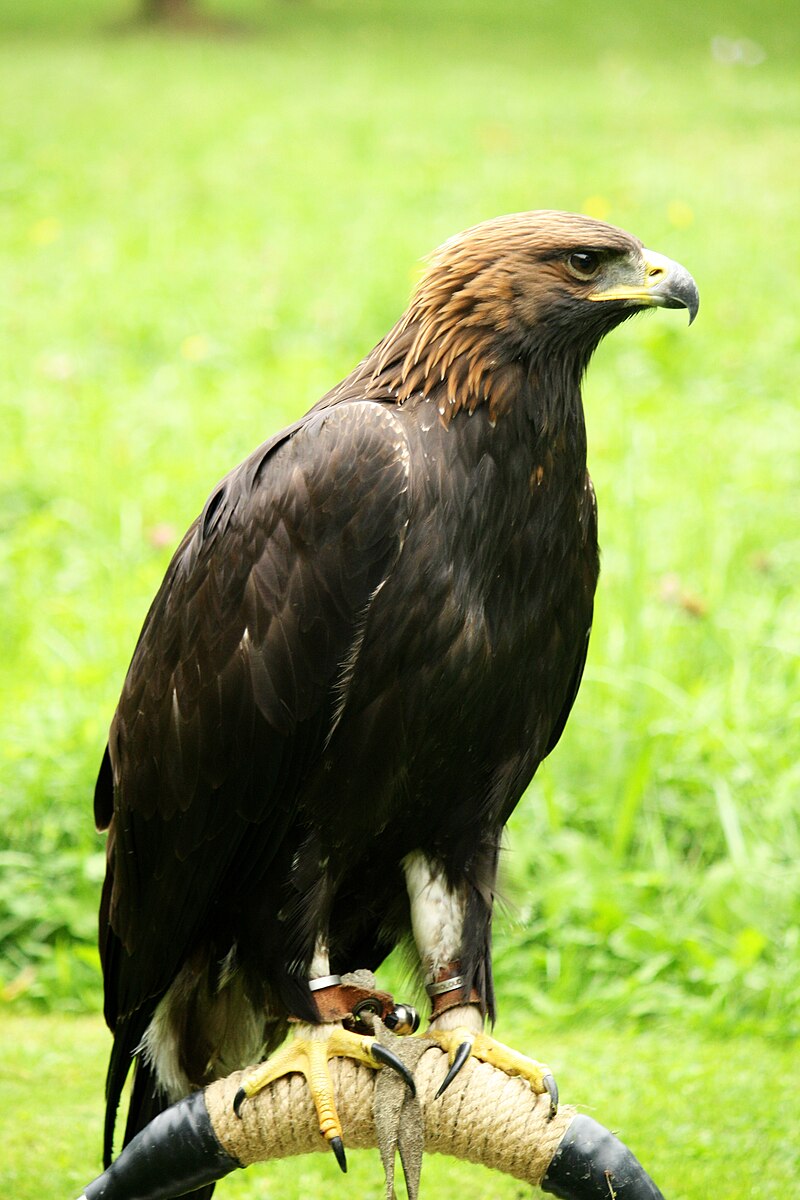No, golden eagles are not commonly found in New Jersey. The state is home to a thriving population of bald eagles, but golden eagles prefer vast open areas with cliffs, mountains, or hills, which are not as prevalent in New Jersey’s landscape.
The Bald Eagle Comeback in New Jersey
While golden eagles are absent, New Jersey has witnessed a remarkable comeback of the bald eagle. In 2022, the state identified 250 active bald eagle nests, representing a more than two-fold increase over the 10-year period beginning in 2013. The bald eagle population in New Jersey continues to climb, with 83% of the nests being successful and collectively producing 335 offspring in 2022. The productivity rate for nests with known outcomes is 1.42 young per nest, which is above the range required to maintain healthy population numbers.
The success of the bald eagle conservation efforts in New Jersey can be attributed to the collaborative efforts of the New Jersey Bald Eagle Project, a partnership among the DEP, Conserve Wildlife Foundation of New Jersey, and volunteer eagle watchers. This project has contributed to the recovery of the bald eagle through the use of new technologies, effective coordination, public engagement, and education.
Monitoring and Protecting Bald Eagles in New Jersey
 Image source: Golden Eagle by Atillak
Image source: Golden Eagle by Atillak
In 2022, the New Jersey Bald Eagle Project monitored a total of 267 territorial pairs, including those with active nests and those that maintained nest territories but did not lay eggs. The project has identified new territorial nesting sites, with 14 new sites confirmed in the southern region, 10 in the central, and 5 in the north. The Delaware Bay region remains the state’s eagle stronghold, with roughly half of all nests located in Cumberland and Salem counties and the bayside of Cape May County.
The goals of the New Jersey Bald Eagle Project include:
- Monitoring the bird’s recovery status in the state
- Protecting nesting sites, foraging, and wintering areas
- Documenting location data to identify at-risk habitats
- Providing education to private landowners
The Decline of the American Kestrel
While the bald eagle population is thriving, another raptor species, the American kestrel, has experienced a sharp decline since the 1990s. This challenge highlights the importance of protecting the lands and waterways used by eagles to maintain and enhance their populations.
The Endangered & Nongame Species Program (ENSP) employs volunteers who monitor Bald Eagle nests in New Jersey, and there are volunteer opportunities now in Salem and Cumberland counties. These volunteer efforts play a crucial role in the conservation and monitoring of the bald eagle population in the state.
Conclusion
In summary, while golden eagles are not commonly found in New Jersey, the state has witnessed a remarkable comeback of the bald eagle. The collaborative efforts of the New Jersey Bald Eagle Project, along with the dedication of volunteers, have contributed to the success of bald eagle conservation in the state. As the bald eagle population continues to thrive, the challenge remains to protect the lands and waterways used by these majestic birds to ensure their long-term survival.
References:
- New Jersey Department of Environmental Protection – Bald Eagle Population Continues to Grow in New Jersey
- New Jersey Department of Environmental Protection – Raptors in New Jersey
- Birdwatching HQ – Eagles in New Jersey
- NJ Family – Where to See Bald Eagles in New Jersey
- NorthJersey.com – NJ Bald Eagle Population Keeps Growing, Here’s Why



